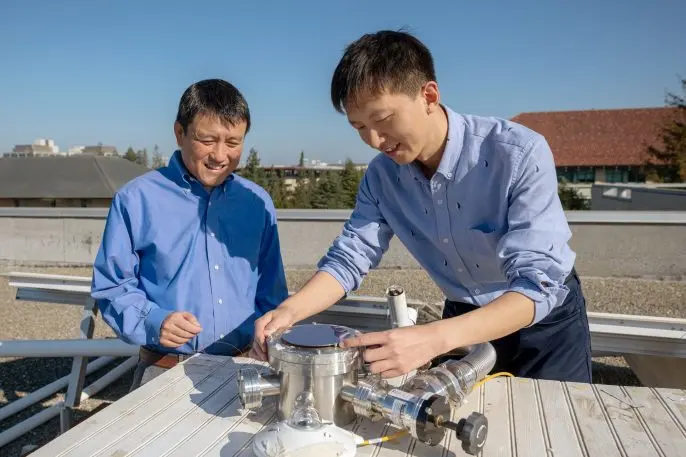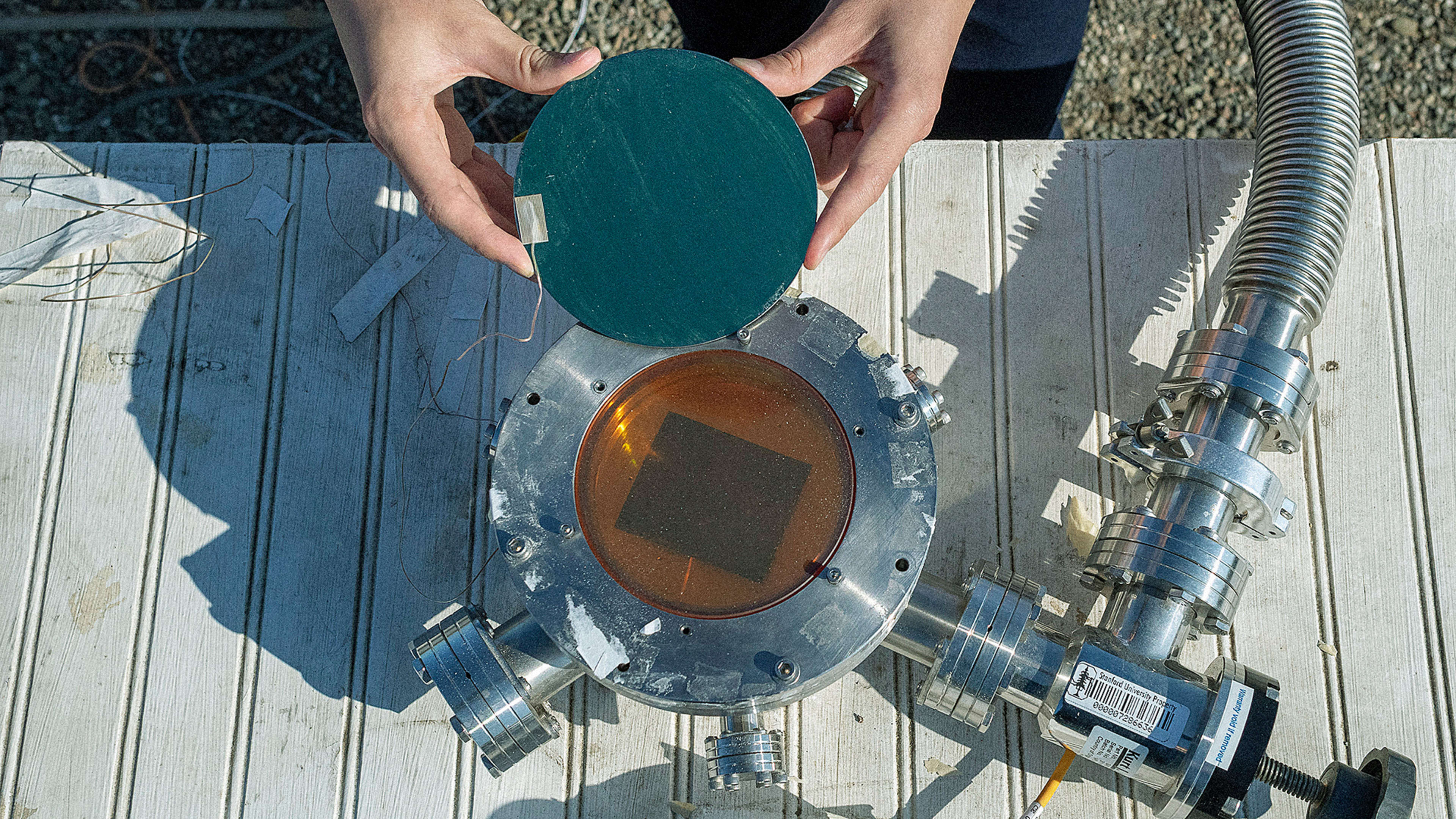On a sunny fall day in Palo Alto, California, researchers at Stanford University climbed on a roof to test a small new device. On the top of the device, solar panels harvested electricity from the sun. But the bottom layer of the device beamed the heat from the sun away from the building–and into outer space–an alternative to energy-sucking air conditioners.
“We want to change how people think about how to use the rooftop to harvest renewable energy,” says Zhen Chen, a former postdoctoral research associate at Stanford University and current professor at the Southeast University of China, who is the lead author of a new paper in Joule about the technology.
The device, which is still in development, could help solve one of the challenges of climate change: As the world gets hotter, and as more people around the world can afford to use air conditioning, the number of air conditioners may grow from 1.6 billion units today to 5.6 billion units by the middle of the century. A report earlier this year from the International Energy Agency suggests that the emissions from air conditioners will double–leading to more warming and an increased demand for A/C.

“Think about the atmosphere as a big blanket around the Earth,” says Chen. “This blanket does not allow heat easily to go from the Earth to the cold universe. But there are ‘holes’ in the blanket, if you want to think about it that way, through which the heat can radiate out to outer space.”
The researchers previously designed materials that can convert heat into the right wavelength to pass through the atmosphere. While a handful of startups are also developing “radiative coolers,” the researchers are the first to combine that technology with solar panels. “Simultaneously using the sun as a heat source and outer space as a heat sink had never been demonstrated previously,” Chen says.
In the future, if the technology is fully developed, a roof could be covered in devices that would simultaneously generate electricity and keep the building from getting overheated by the sun’s rays.
Recognize your brand’s excellence by applying to this year’s Brands That Matter Awards before the early-rate deadline, May 3.
